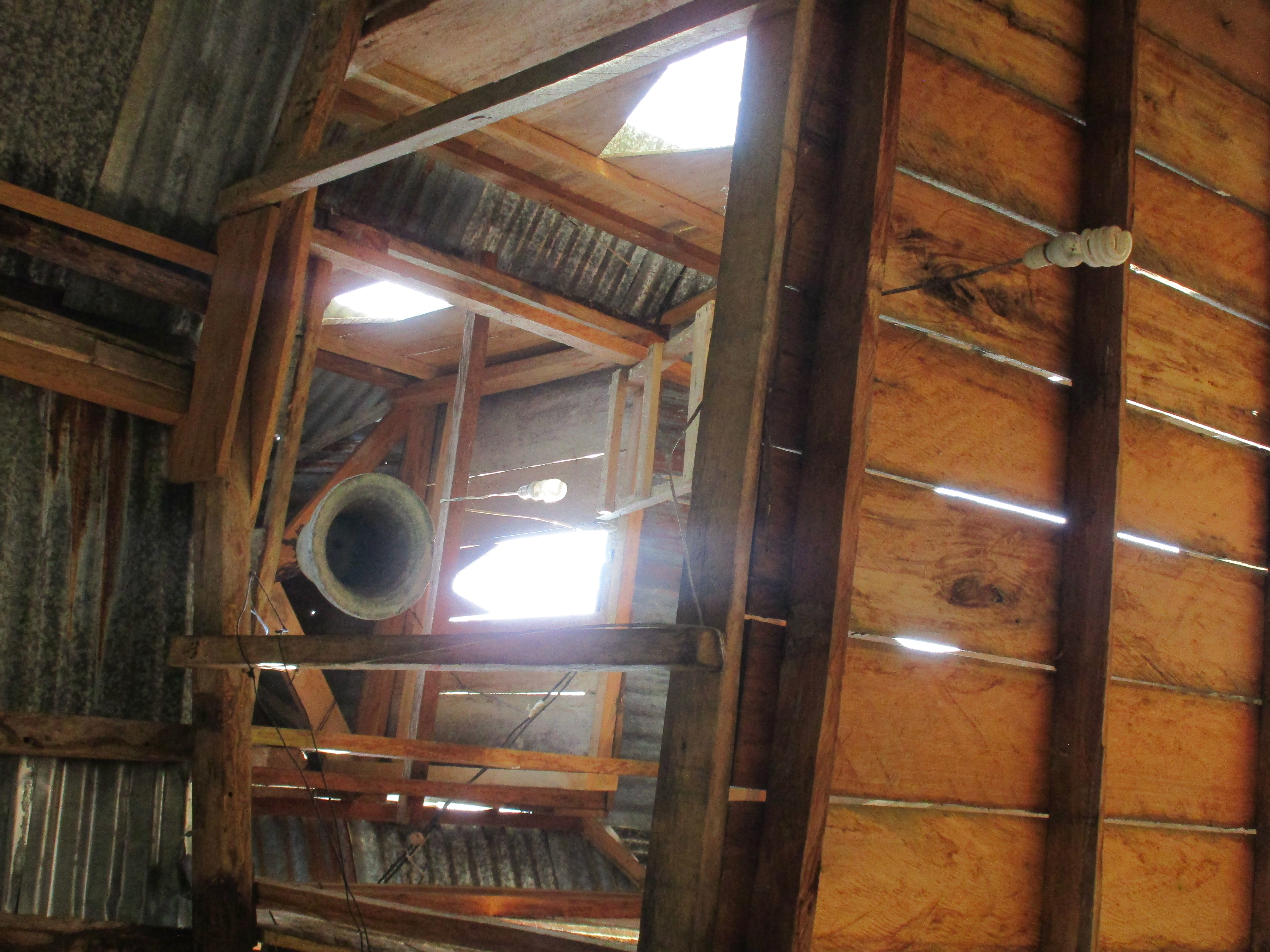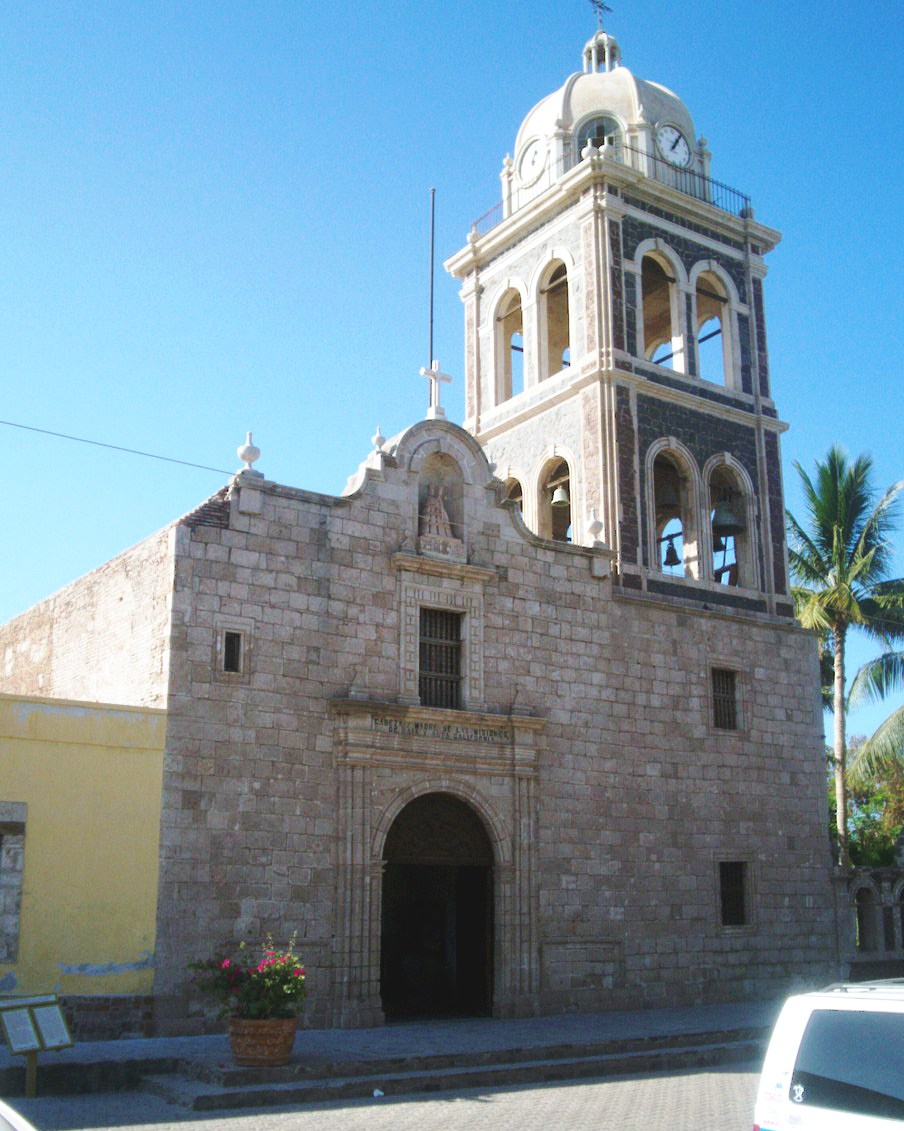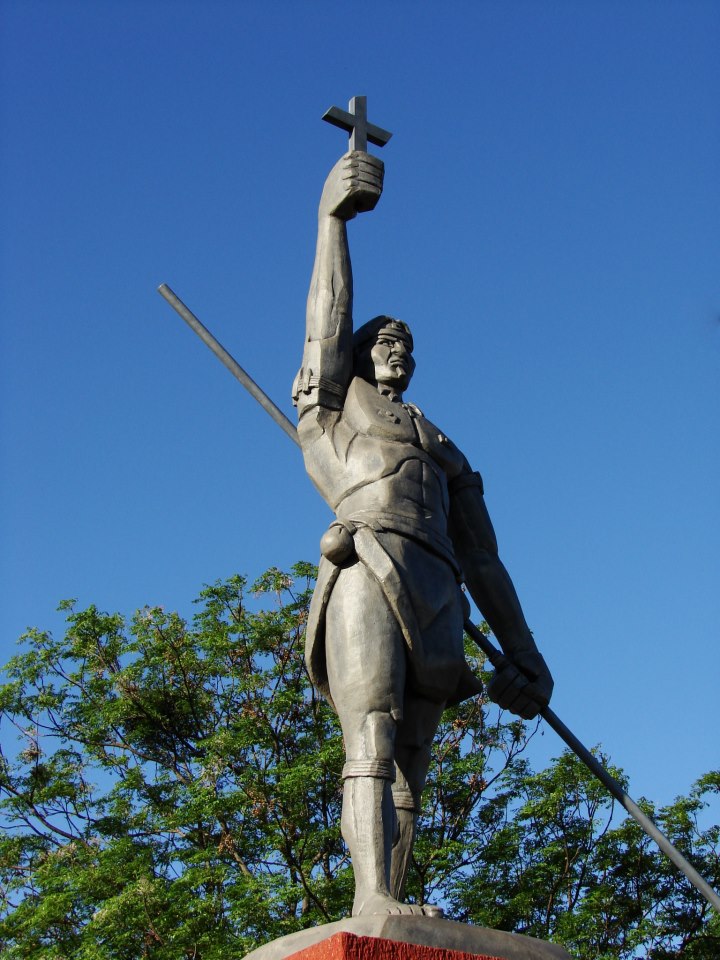|
Mainas Missions
The Mainas (or Maynas) missions refers to a large number of small Spanish missions in the Americas, missions the Jesuits established in the western Amazon rainforest, Amazon region of South America from 1638 until 1767, when the Jesuits were Suppression of the Society of Jesus, expelled from Latin America. Following the Jesuit expulsion, mission activity continued under Franciscans, Franciscan auspices. Roughly 60 missions were founded in total. Scholar Anne Christine Taylor notes that, '[o]f all the western Amazonian mission establishments, that of the Jesuits of Mainas was by far the most important'. She estimates that, prior to the arrival of the Spanish, the many ethnic groups (called ''Indians'' or ''Indios'') in the mission field had a population of approximately 200,000. The population declined rapidly and many of the indigenous people resisted Christianity or had little contact with the Christian missionaries. Throughout their existence, the Jesuit mission settlements, k ... [...More Info...] [...Related Items...] OR: [Wikipedia] [Google] [Baidu] |
Campana De La época Colonial En San Joaquin De Omaguas
Campana (Italian and Spanish for "bell") may refer to: Places * Campana Partido, Argentina, a ''partido'' (administrative subdivision) in Buenos Aires Province ** Campana, Buenos Aires Province, a city in Campana Partido * Campana Island, Capitán Prat Province, Aisén, Chile * La Campana National Park, Quillota Province, Valparaíso, Chile ** Cerro La Campana, a mountain within the park * Campana, Haute-Corse, France, a ''commune'' in Corsica * Lac du Campana, France, a lake in Hautes-Pyrénées * Campana, Calabria, Italy, a town and ''comune'' in the Province of Cosenza * La Campana (archaeological site), near Colima, Mexico * Campana, Panama, a ''corregimiento'' (administrative subdivision) * La Campana, Spain, a city in the Province of Seville, Andalusia * Campana, California, United States, an unincorporated community * Campana, Uruguay, a List of populated places in Uruguay#Colonia Department, village in Colonia Department Other uses * Campana (surname), a list of people with ... [...More Info...] [...Related Items...] OR: [Wikipedia] [Google] [Baidu] |
Colombia
Colombia (, ; ), officially the Republic of Colombia, is a country in South America with insular regions in North America—near Nicaragua's Caribbean coast—as well as in the Pacific Ocean. The Colombian mainland is bordered by the Caribbean Sea to the north, Venezuela to the east and northeast, Brazil to the southeast, Ecuador and Peru to the south and southwest, the Pacific Ocean to the west, and Panama to the northwest. Colombia is divided into 32 departments and the Capital District of Bogotá, the country's largest city. It covers an area of 1,141,748 square kilometers (440,831 sq mi), and has a population of 52 million. Colombia's cultural heritage—including language, religion, cuisine, and art—reflects its history as a Spanish colony, fusing cultural elements brought by immigration from Europe and the Middle East, with those brought by enslaved Africans, as well as with those of the various Amerindian civilizations that predate colonization. Spanish is th ... [...More Info...] [...Related Items...] OR: [Wikipedia] [Google] [Baidu] |
Smithsonian Institution
The Smithsonian Institution ( ), or simply the Smithsonian, is a group of museums and education and research centers, the largest such complex in the world, created by the U.S. government "for the increase and diffusion of knowledge". Founded on August 10, 1846, it operates as a trust instrumentality and is not formally a part of any of the three branches of the federal government. The institution is named after its founding donor, British scientist James Smithson. It was originally organized as the United States National Museum, but that name ceased to exist administratively in 1967. Called "the nation's attic" for its eclectic holdings of 154 million items, the institution's 19 museums, 21 libraries, nine research centers, and zoo include historical and architectural landmarks, mostly located in the District of Columbia. Additional facilities are located in Maryland, New York, and Virginia. More than 200 institutions and museums in 45 states,States without Smithsonian ... [...More Info...] [...Related Items...] OR: [Wikipedia] [Google] [Baidu] |
Government Printing Office
The United States Government Publishing Office (USGPO or GPO; formerly the United States Government Printing Office) is an agency of the legislative branch of the United States Federal government. The office produces and distributes information products and services for all three branches of the Federal Government, including U.S. passports for the Department of State as well as the official publications of the Supreme Court, the Congress, the Executive Office of the President, executive departments, and independent agencies. An act of Congress changed the office's name to its current form in 2014. History The Government Printing Office was created by congressional joint resolution () on June 23, 1860. It began operations March 4, 1861, with 350 employees and reached a peak employment of 8,500 in 1972. The agency began transformation to computer technology in the 1980s; along with the gradual replacement of paper with electronic document distribution, this has led to a stead ... [...More Info...] [...Related Items...] OR: [Wikipedia] [Google] [Baidu] |
Repartimiento
The ''Repartimiento'' () (Spanish, "distribution, partition, or division") was a colonial labor system imposed upon the indigenous population of Spanish America. In concept, it was similar to other tribute-labor systems, such as the ''mit'a'' of the Inca Empire or the corvée of the Ancien Régime de France: Through the pueblos de indios, the Amerindians were drafted work for cycles of weeks, months, or years, on farms, in mines, in workshops (''obrajes''), and public projects. Establishment of the ''repartimiento'' and decline of the ''encomienda'' With the New Laws of 1542, the ''repartimiento'' was instated to substitute the '' encomienda'' system that had come to be seen as abusive and promoting of unethical behavior. The Spanish Crown aimed to remove control of the indigenous population, now considered subjects of the Crown, from the hands of the ''encomenderos,'' who had become a politically influential and wealthy class, with the shift away from both the ''encomienda'' s ... [...More Info...] [...Related Items...] OR: [Wikipedia] [Google] [Baidu] |
Encomienda
The ''encomienda'' () was a Spanish labour system that rewarded conquerors with the labour of conquered non-Christian peoples. The labourers, in theory, were provided with benefits by the conquerors for whom they laboured, including military protection and education. The ''encomienda'' was first established in Spain following the Christian conquest of Moorish territories (known to Christians as the ''Reconquista''), and it was applied on a much larger scale during the Spanish colonization of the Americas and the Spanish Philippines. Conquered peoples were considered vassals of the Spanish monarch. The Crown awarded an ''encomienda'' as a grant to a particular individual. In the conquest era of the early sixteenth century, the grants were considered to be a monopoly on the labour of particular groups of indigenous peoples, held in perpetuity by the grant holder, called the ''encomendero''; following the New Laws of 1542, upon the death of the ''encomendero'', the encomienda end ... [...More Info...] [...Related Items...] OR: [Wikipedia] [Google] [Baidu] |
Reductions
Reductions ( es, reducciones, also called ; , pl. ) were settlements created by Spanish rulers and Roman Catholic missionaries in Spanish America and the Spanish East Indies (the Philippines). In Portuguese-speaking Latin America, such reductions were also called ''aldeias''. The Spanish and Portuguese relocated, forcibly in many cases, indigenous inhabitants (''Indians'' or ''Indios'') of their colonies into urban settlements modeled on those in Spain and Portugal. The word "reduction" can be understood wrongly as meaning "to reduce." Rather, the 1611 Spanish dictionary by Sebastián de Covarrubias defines ''reducción'' (reduction) as "to convince, persuade, or to order." The goals of reductions were to concentrate indigenous people into settled communities and to convert the Indians to Christianity and impose European culture. The concentration of the indigenous into towns facilitated the organization and exploitation of their labor. Reductions could be either religio ... [...More Info...] [...Related Items...] OR: [Wikipedia] [Google] [Baidu] |
Bandeirantes
The ''Bandeirantes'' (), literally "flag-carriers", were slavers, explorers, adventurers, and fortune hunters in early Colonial Brazil. They are largely responsible for Brazil's great expansion westward, far beyond the Tordesillas Line of 1494, by which Pope Alexander VI divided the new continent into a western, Crown of Castile, Castilian section, and an eastern, Portugal, Portuguese section. The ''bandeirantes'' were also known as Paulistas and Mamelucos. They mostly hailed from the São Paulo (state), São Paulo region, called the Captaincy of São Vicente until 1709 and then as the Captaincy of São Paulo. The São Paulo settlement served as the home base for the most famous ''bandeirantes.'' Some ''bandeirante'' leaders were descendants of first- and second-generation Portuguese who settled in São Paulo, but the bulk of their numbers was made of people of mameluco background (people of both European and Indigenous peoples in Brazil, Indian ancestries) and natives. Misceg ... [...More Info...] [...Related Items...] OR: [Wikipedia] [Google] [Baidu] |
Jesuit Order
, image = Ihs-logo.svg , image_size = 175px , caption = ChristogramOfficial seal of the Jesuits , abbreviation = SJ , nickname = Jesuits , formation = , founders = , founding_location = , type = Order of clerics regular of pontifical right (for men) , headquarters = Generalate:Borgo S. Spirito 4, 00195 Roma-Prati, Italy , coords = , region_served = Worldwide , num_members = 14,839 members (includes 10,721 priests) as of 2020 , leader_title = Motto , leader_name = la, Ad Majorem Dei GloriamEnglish: ''For the Greater Glory of God'' , leader_title2 = Superior General , leader_name2 = Fr. Arturo Sosa, SJ , leader_title3 = Patron saints , leader_name3 = , leader_title4 = Ministry , leader_name4 = Missionary, educational, literary works , main_organ = La Civiltà Cattolica , ... [...More Info...] [...Related Items...] OR: [Wikipedia] [Google] [Baidu] |
Yame People
is a city located in Fukuoka Prefecture, Japan. The city was founded on April 1, 1954. As of 2003, the city had an estimated population of 39,372 and a population density of 1,000.81 persons per km². The total area was 39.34 km². On October 1, 2006 the town of Jōyō (from Yame District) was merged into Yame. On February 1, 2010, the towns of Kurogi and Tachibana, and the villages of Hoshino and Yabe (all from Yame District) were merged into Yame. After the merger, as of April 1, 2011, the city has an estimated population of 69,907, with 23,885 households and a population density of 144.88 persons per km². The total area is 482.53 km², which is second largest area within Fukuoka Prefecture. Yamecha is produced in Yame and surrounding areas, and is a tea known throughout Japan. Yame natives include former livedoor CEO Takafumi Horie and NiziU leader Mako Yamaguchi (山口真子). Geography Climate Yame has a humid subtropical climate (Köppen: ''Cfa''). The ... [...More Info...] [...Related Items...] OR: [Wikipedia] [Google] [Baidu] |
Secoya
The Secoya (also known as Angotero, Encabellado, Huajoya, Piojé, Siekopai) are an indigenous peoples living in the Ecuadorian and Peruvian Amazon. They speak the Secoya language Pai Coca, which is part of the Western Tucanoan language group. In Ecuador the Secoya number about 400 people who for the most part are located in three settlements, Eno, San Pablo de Katitsiaya and Siecoya Remolino, all found on the banks of the Aguarico river. Their Ecuadorian territory covers 40.000 hectares along the Shushufindi, Aguarico, and Cuyabeno river in the state of Sucumbios. Until recently they shared territory with the Siona people, with whom they are sometimes considered a single population, although both peoples have independent governance. In Peru the Secoya population numbers about 700. Despite having long managed their culture, the Secoyas are now in the process of being culturally assimilated to the rest of Ecuadorian society due to the presence of oil companies, missionary activity ... [...More Info...] [...Related Items...] OR: [Wikipedia] [Google] [Baidu] |
Cambeba
The Omagua people (also known as the Umana, Cambeba, and Kambeba) are an indigenous people in Brazil's Amazon Basin. Their territory, when first in contact with Spanish explorers in the 16th century, was on the Amazon River upstream from the present-day city of Manaus extending into Peru. They speak the Omagua language. The Omagua exist today in small numbers, but they were a populous, organized society in the late Pre-Columbian era. Their population suffered steep decline, mostly from infectious diseases, in the early years of the Columbian Exchange. During the 18th century, the Omagua largely abandoned their indigenous identity in response to prejudice and racism that marginalized aboriginal peoples in Brazil and Peru. More tolerant attitudes led to a renewed tribal identity starting in the 1980s. The name ''Cambeba'' seems to have been applied by other neighboring tribes and refers to the Omagua custom of flattening their children's heads by binding a piece of wood to the foreh ... [...More Info...] [...Related Items...] OR: [Wikipedia] [Google] [Baidu] |






